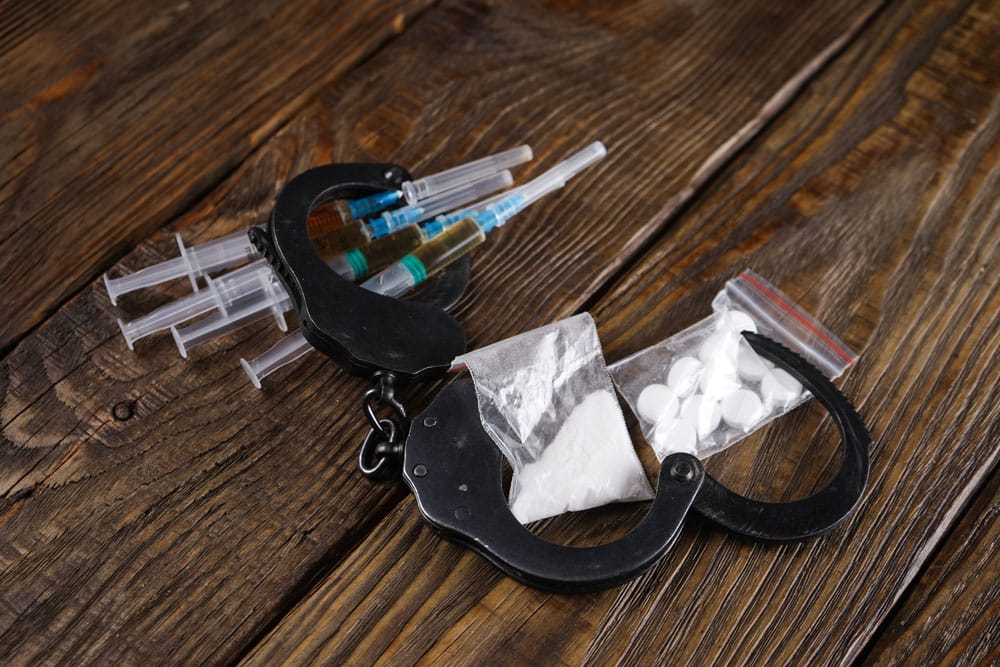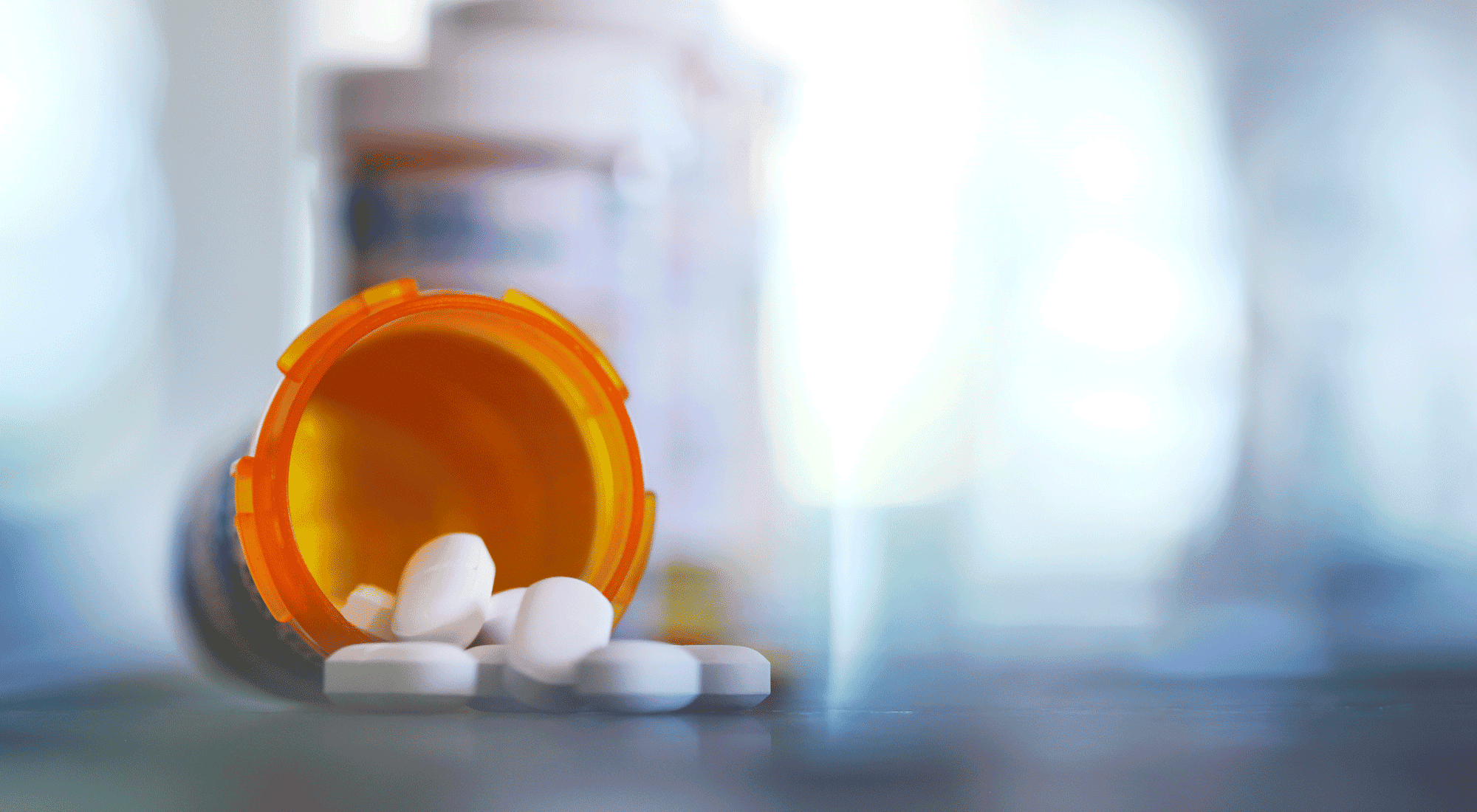By Beau Black
When we think of “drug abuse,” most of our minds probably go straight to illicit drug use. But prescription drug abuse has grown into a national problem over the past few decades, with sad and shocking statistics to show for it.
The National Center for Drug Abuse Statistics (NCDAS) reports that 16 million Americans, or 6% of Americans over age 12, used prescription drugs illegally within a year’s time. This problem has grown largely because many abused drugs are more widely prescribed and available. And Americans use prescription medications at much higher rates than most comparably developed countries, making prescription drugs ubiquitous.
A number of misperceptions may fuel the rise in the abuse of prescription drugs versus illicit drugs. First, there’s less stigma surrounding medication misuse than, say, using cocaine. Another dangerous and widely held misperception is that because it’s medication, it’s less risky. The startling rise in prescription drug overdose deaths, many from fentanyl, prove otherwise.
The most commonly abused prescription drugs, according to the US’s National Institute on Drug Abuse (NIDA) include:
- Opioid pain medications like Vicodin and OxyContin
- ADHD medications such as Adderall or Ritalin
- Cough medication with dextromethorphan
- Anti-anxiety drugs like Xanax and Valium
The most commonly abused drugs from this list are painkillers, accounting for 60% of illegal prescription use, the NCDAS reports.
The most commonly abused illicit drug among high school seniors, also reported by the NIDA, is marijuana by a large margin. That’s followed by a mix of medications (cough syrup, Vicodin, Adderall) and illicit drugs (salvia, hallucinogens, Ecstasy).
Among the general population, marijuana is the most abused, followed by cocaine and then prescription drugs, according to the NCDAS.

Young men are more likely to abuse steroids than other demographics, using them to bulk up faster than they could through regular means, enhancing their muscularity and appearance. But steroids have some nasty side effects, among them the potential for organ damage (kidney, liver, and heart) and psychological effects (anger, depression, and aggression). Withdrawing from steroids has its own risks: Along with muscle loss and hormone imbalances, its higher risk for depression also increases the risk of suicide, NIDA reports.
Heroin is a growing problem worth noting: Between 2006 and 2012, the number of first-time heroin users nearly doubled, according to Healthline.com. “[Heroin] abuse rates are going up. Death rates are going up,” says NIDA’s Deputy Director, Dr. Wilson Compton. Many experts agree that the rise in heroin abuse is tied to the sharp increase in opioid prescriptions.
Does Prescription Drug Abuse Lead to Illicit Drug Abuse?
In the case of opioids, it sure seems to. “Most of the heroin users now, their first opioid exposures are the prescription drugs,” says Compton. According to Healthline, an opioid is any drug that produces an analgesic effect by acting on opioid receptors in the body’s nervous system. Dr. Compton adds, “The brain doesn’t distinguish between heroin and prescription opioids.”
The majority (62%) of teens who abuse prescription drugs say they chose it because of ready availability at home.
Some interesting statistics from NCDAS worth sharing include:
- Women are 11% more likely to be prescribed medication, while men are 22.9% more likely to misuse prescriptions.
- Prescription drug abuse is most common among 18- to 25-year-olds.
- The majority (62%) of teens who abuse prescription drugs say they chose them because of ready availability at home.
- About a third (35%) say they use prescription drugs because “they’re safer.”
Some Signs of Abuse
Some of the signs of drug abuse are obvious: forging prescriptions, stealing or stashing meds, or taking more than the prescribed dose, says NCDAS. Others include mood swings, hostility, unusual sleeping habits, poor decision-making, as well as doctor-shopping to get drugs.
Healthline recounts the story of one doctor, Peter Grinspoon, who began using Vicodin recreationally as a med student and became addicted. His addiction led to his making deals with patients to obtain drugs, stealing drugs intended for dying patients, and ultimately losing his license and practice.
Often, addicts choose between the two options based on availability and cost. The end results are often the same: wrecked career, relationships, and life.
Dr. Grinspoon waves off the stigma surrounding heroin, noting that fear might not impact someone whose life is centered around getting that next high. “My addiction was stopped before I progressed to heroin,” he said. “A lot of people get addicted to the pills and then progress to heroin because they can’t afford the pills.” Often, addicts choose between the two options based on availability and cost. The end results are often the same: wrecked career, relationships, and life.
If you or a loved one is showing signs of prescription or illicit drug abuse, help is available at The Meadows. Contact our admissions staff to take the first step towards healing. We’re available 24 hours a day, and the call is free.

